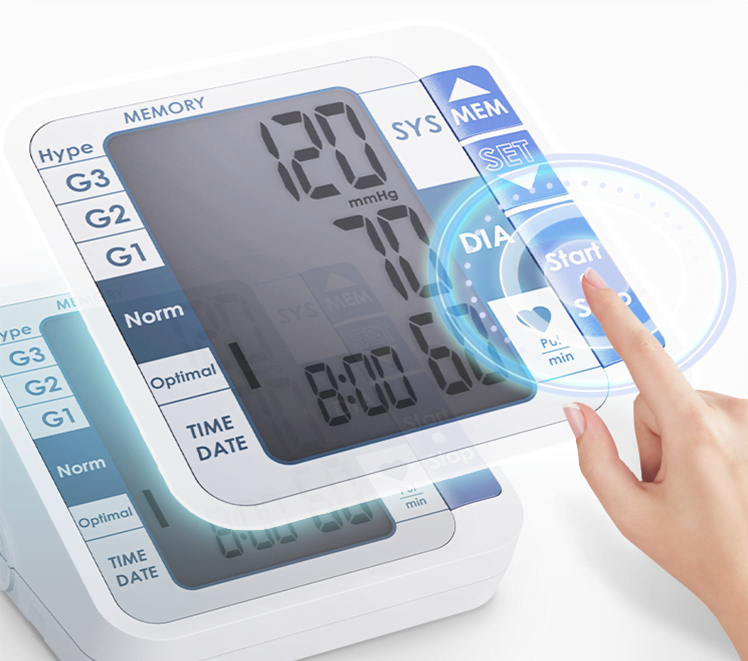Remote telehealth, also known as telemedicine or telehealthcare, has been around for decades but has seen a significant increase in usage and popularity in recent years.
In the past, telehealth was limited to telephone consultations and basic video conferencing. It was primarily used for remote areas with limited access to healthcare services, such as rural areas or places with low doctor-to-patient ratios. However, the technology and capabilities of telehealth have improved significantly over time, and it is now used more widely to deliver a range of healthcare services, including consultations, diagnoses, monitoring, and treatment.
Today, remote telehealth services are widely available, and patients can access healthcare services from the comfort of their own homes or workplaces. Remote telehealth services can be accessed through mobile apps, web platforms, and even social media platforms. They are also used in hospitals, clinics, and other healthcare settings, providing patients with more convenient access to healthcare services.
The COVID-19 pandemic has greatly accelerated the adoption and use of remote telehealth services. With the need for social distancing, many healthcare providers have shifted their services to remote telehealth platforms, reducing the risk of exposure to the virus while continuing to provide necessary care. This has led to a surge in the number of patients using remote telehealth services, and it is expected that the trend will continue even after the pandemic subsides.
Benefits of Remote Telehealth for Medical Institutions
Remote telehealth has several benefits for medical institutions, including:
- Increased access to healthcare: Remote telehealth allows medical institutions to reach patients who live in remote or underserved areas, where traditional healthcare services may not be readily available. This can help to reduce healthcare disparities and ensure that everyone has access to medical care.
- Improved efficiency: Remote telehealth can help medical institutions streamline their operations by reducing the need for in-person visits, which can be time-consuming and costly. This can help medical institutions to see more patients and improve their bottom line.
- Cost savings: Remote telehealth can help medical institutions save money by reducing the need for expensive medical equipment and facilities. It can also help to reduce the cost of staffing, as healthcare providers can see more patients remotely.
- Increased patient satisfaction: Remote telehealth can improve patient satisfaction by providing a more convenient and accessible way to receive medical care. Patients can receive medical care from the comfort of their own homes, which can reduce the stress and inconvenience associated with in-person visits.
Benefits of Remote Telehealth for Patients
Remote telehealth has several benefits for patients, including:
- Convenience: Remote telehealth allows patients to receive medical care from the comfort of their own homes, without the need to travel to a medical facility. This can be particularly beneficial for patients who live in remote or underserved areas, or who have mobility or transportation issues.
- Timely access to care: Remote telehealth allows patients to receive medical care more quickly than traditional in-person visits. Patients can schedule appointments more easily and often receive care on the same day.
- Improved access to specialists: Remote telehealth allows patients to connect with medical specialists who may not be available in their local area. This can provide patients with access to higher-quality care and specialized expertise.
- Reduced healthcare costs: Remote telehealth can be more affordable than traditional in-person visits, as patients can avoid the costs associated with travel and childcare.
Covid 19 Remote telehealth has been an essential tool for medical institutions during the COVID-19 pandemic. It has allowed healthcare providers to continue providing care to patients while minimizing the risk of exposure to COVID-19.
- Virtual consultations: Healthcare providers have conducted virtual consultations with patients via video or phone calls, allowing patients to receive medical advice, diagnosis, and treatment remotely.
- Remote monitoring: Medical institutions have used remote monitoring technologies to track patients’ health status, such as blood pressure, heart rate, and oxygen levels, allowing healthcare providers to adjust treatment plans accordingly.
- Online prescription refills: Medical institutions have implemented online prescription refill systems, allowing patients to refill their medications remotely.
- Mental health services: Medical institutions have provided mental health services through telehealth platforms, allowing patients to access therapy and counseling services from the comfort of their homes.
Transket always provide a good products in different ways like cellular weight scale, cellular blood glucose meter and all-round BLE package .. it stands for Quality & Value which is the best of Transtek Medical.
Transtek Blood Pressure Monitor






